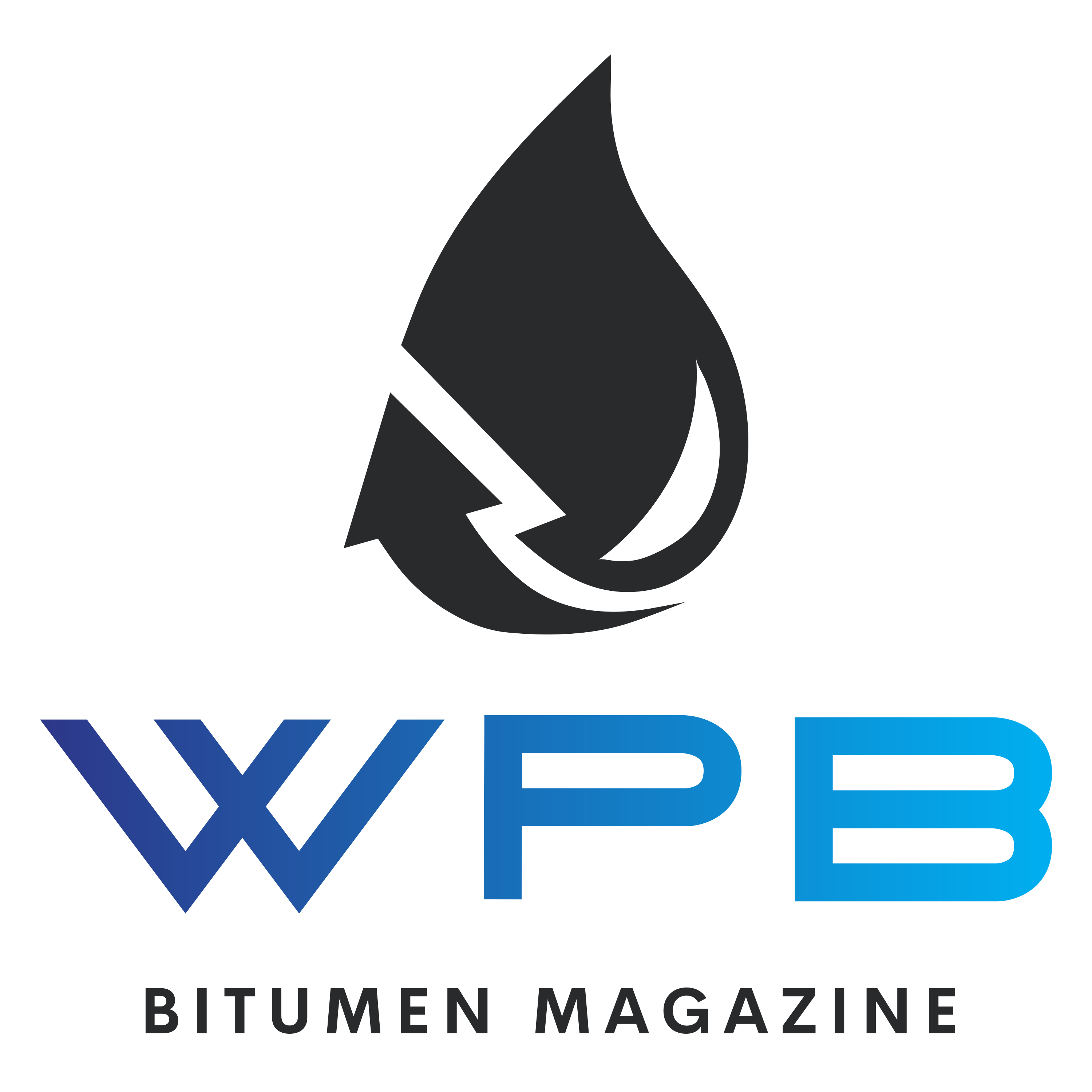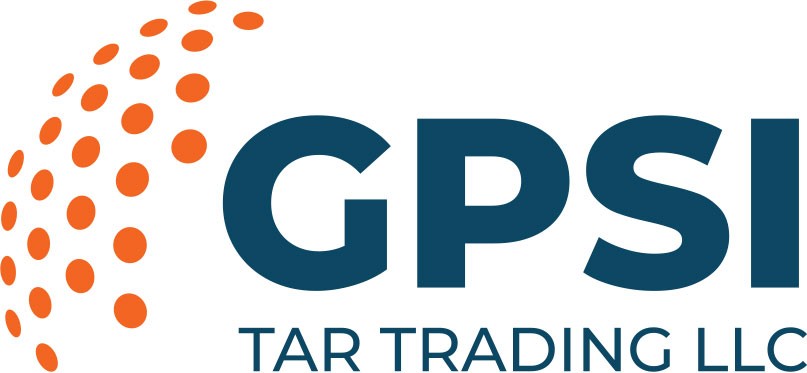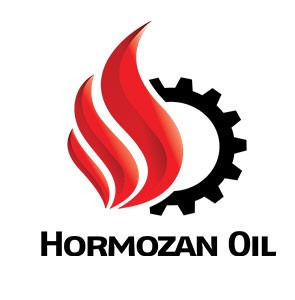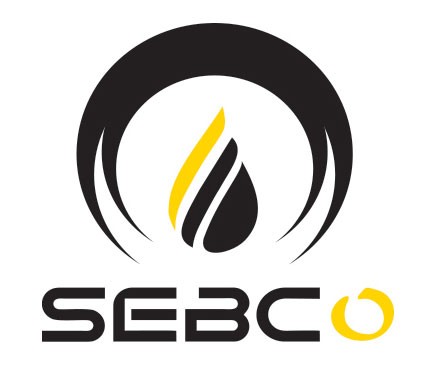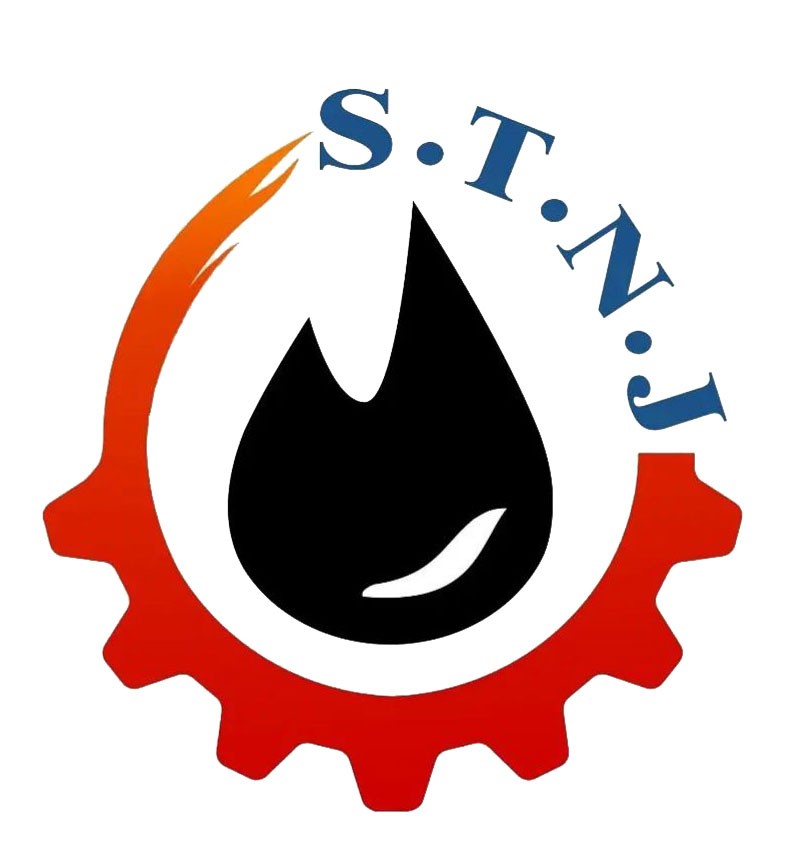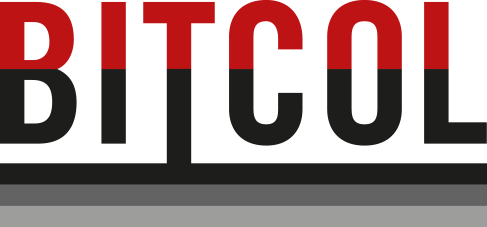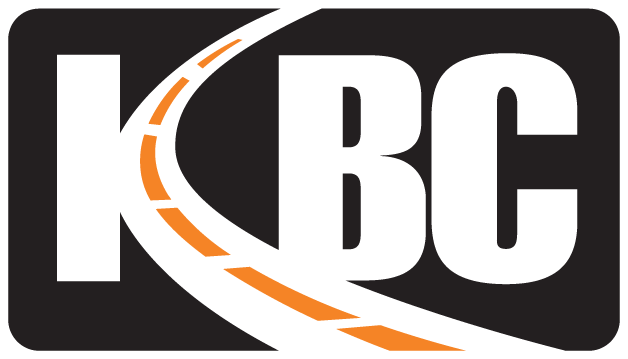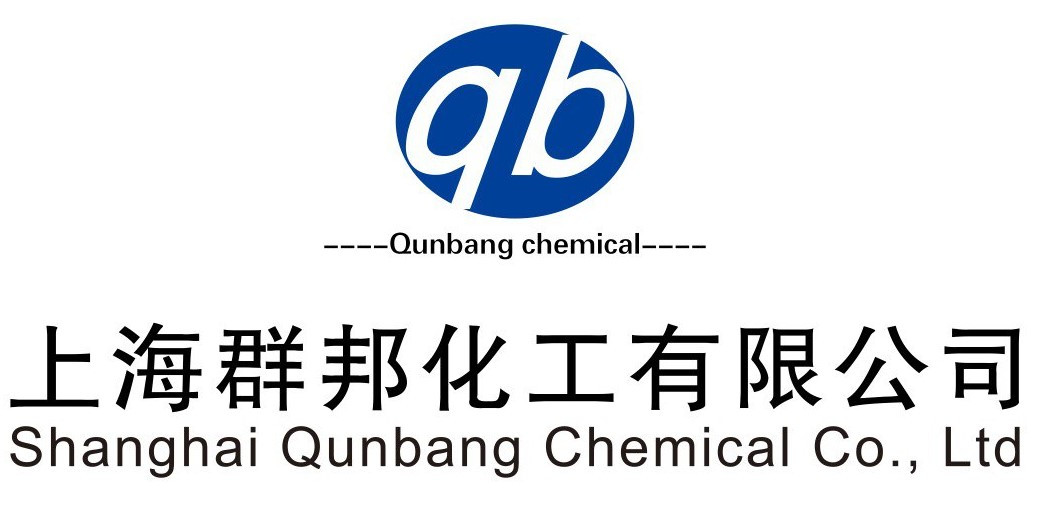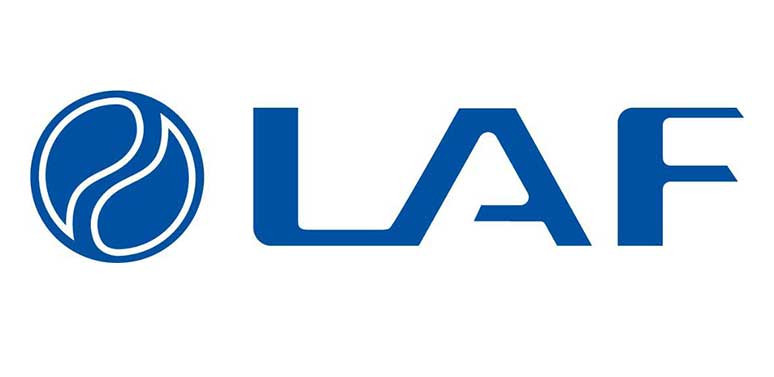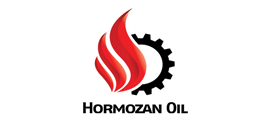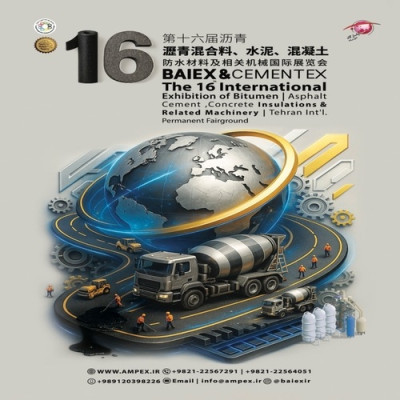Refinery and trading sources told Platts that Chinese demand for Iranian petroleum is unlikely to slow with new US sanctions imposed in retaliation for Iran’s response to the Israeli attack.
Israel's attack on the Iranian consulate building in Damascus and Iran’s response raised concerns about the continuation of Iran’s petroleum exports to private Chinese refineries, but analysts and business sources say that the export volume is unlikely to change for the time being.
Market participants have questioned how tougher US sanctions could threaten petroleum supplies and potentially disrupt export flows. A source associated with a private refinery in Shandong said that he is not surprised that the United States will impose more sanctions on Iran’s crude oil exports after Tehran’s recent operation, and he does not think that the American action will change the whole procedure.
Iran’s petroleum shipments have been the main feed of China’s independent refineries. According to the estimate of “S&P Global”, these shipments usually make up 40-50% of raw materials imported by independent refineries.
S&P Global collects information from commercial sources and independent refinery sources, data analysis firm Kepler, shipping brokers and port sources and cross-checks this information against sources with direct knowledge of the matter.
Currently, almost all Iranian petroleum shipments are settled in Chinese yuan instead of dollars.
Another refinery source said that more sanctions will certainly make it more difficult to import Iranian shipments and more companies involved in these transactions may be sanctioned. But it can also lead to lower barrel prices, encouraging demand.
Sijia Sun, assistant director of downstream research and analysis at S&P Global, said that until now, the flow of Iranian petroleum exports to China continues as usual, but the status of these exports in the future will depend on the implementation of sanctions by the United States.
Offer to buy Iranian light petroleum
According to refinery sources, independent refineries will consider developments before changing their purchase plan. However, current demand for feedstock is relatively soft due to weak refinery margins.
According to these sources, Iranian light petroleum was offered at a discount of $5 to $5.50 per barrel compared to ICE Brent trading in the week ending April 19.
Independent refineries in Shandong Province, which are the main buyers of Iranian shipments, have generally had a low production rate due to weak profit margins, which has led to a decrease in demand for raw materials.
According to data from energy information provider OilCam, the capacity utilization rate at independent Shandong refineries was about 54.8 percent as of April 18, slightly higher than a week earlier.
After importing 5.47 million tons in February, China’s independent refiners imported about 4.81 million tons (1.14 million barrels per day) of feedstock, including crude oil and fuel oil, from Iran in March, according to S&P Global data.
According to the Platts report, another factor that has affected petroleum imports from Iran has been the higher pricing by Iranian exporters.
